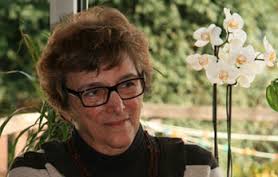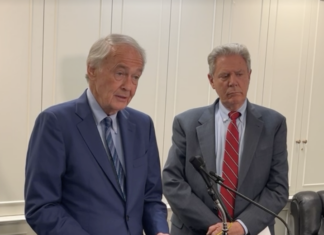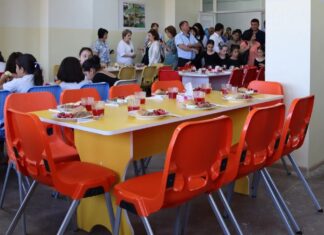By Muriel Mirak-Weissbach

With these words Percy Bysshe Shelley concluded his “Ode to the West Wind,” and they serve as well to characterize the mood pervading the commemorations in Germany of the 100th anniversary of the Genocide. On the one hand, it is the grim facts of that murderous process that are being presented in a variety of forms; on the other, it is the triumph of life over death which is being celebrated. True, the Armenians were massacred, their lands, homes and possessions confiscated, the traces of their very presence erased in clumsy attempts to write them and their culture out of the history of what is current-day Turkey. But the experiment has failed. Armenians and Armenian culture are alive and well, and that is cause for celebration.
Among the events taking place in major cities in Germany, those in the capital assume special significance. If the German role in the Genocide — once a taboo subject — was the theme of an international conference at the German Historical Museum in late March, it does not end there. The Maxim Gorki Theatre in Berlin has organized a series of activities also featuring this aspect. The program, which stretches over a month and a half, is titled, “A Passion and An Easter Celebration: 100 Years after the Mass Murder of the Armenians.” Without mincing words, the organizers point to Imperial Germany’s role directly, asserting it “was involved in the ideological preparation, logistical planning and structural analysis. But despite this joint responsibility,” their text continues, “the mass murder of the Armenians has played little role in German public consciousness up to the present day. How can one remember, how does one tell of a mass murder that took place 100 years ago?”
To provide an answer, they have assembled an impressive program with presentations documenting the Genocide, and naming the names — through lectures, films (including Fatih Akin’s “The Cut,” a series of films curated by Fred Kelemen, and several by Harutyun Khachatryan, “Ravished Armenia,” “Ararat,” “Grandma’s Tattoos,” Osman Okkan’s work on the assassination of Hrant Dink), theatrical performances (Franz Werfel’s “Musa Dagh,” a documentary theatre project by Hans-Werner Kroesinger, and the music theatre piece “Komitas” by Marc Sinan), and an art exhibition featuring works by Archi Galentz, Sophia Gasparian, Gariné Torrosian, Achot Achot, Jean Marie Casbarian, Karine Matsakian, Maria Bedoian and Mikayel Ohanjanian.
A roundtable discussion treated the German role in depth, with the participation of Jürgen Gottschlich, author of a new book on the subject, Christina Pschichholz and Wolfgang Gust, who published the German diplomatic documents. It is not only to “name and mourn the victims, but also to tell of the survival of individuals and their history.” Therefore, in the course of the 40 days (under the appropriate rubric “It snows in April”), the focus is on the notion that “remembering and surviving are resistance.” The Gorki theatre program’s aim is to communicate “this resistance, this suffering and fervor.” Over the Easter weekend, the project gathered “diverse voices from all around the world, who unite the stories of the Armenian Diaspora. The biographies and destinies are as diverse as the narrative forms are varied in search of the stories beside the history, for life and that which makes it unforgettable.“
Outside the capital, Armenians and Germans are commemorating the anniversary in literally every major city, as well as many smaller cities and towns. Among them are Bremen (with a series of activities from March through April), Hannover, Munich, Bonn, Frankfurt, Cologne, Neustadt, Bochum, Heidelberg, Karlsruhe, Nurnberg, Siegen, Wittenberg, Wiesbaden and Bad Boll. On April 21, in several locations there were events honoring the memory of those Armenian poets who were among the intellectuals arrested and killed on April 24, 1915. These performances, accompanied by music, were part of the worldwide readings taking place literally throughout the globe.







